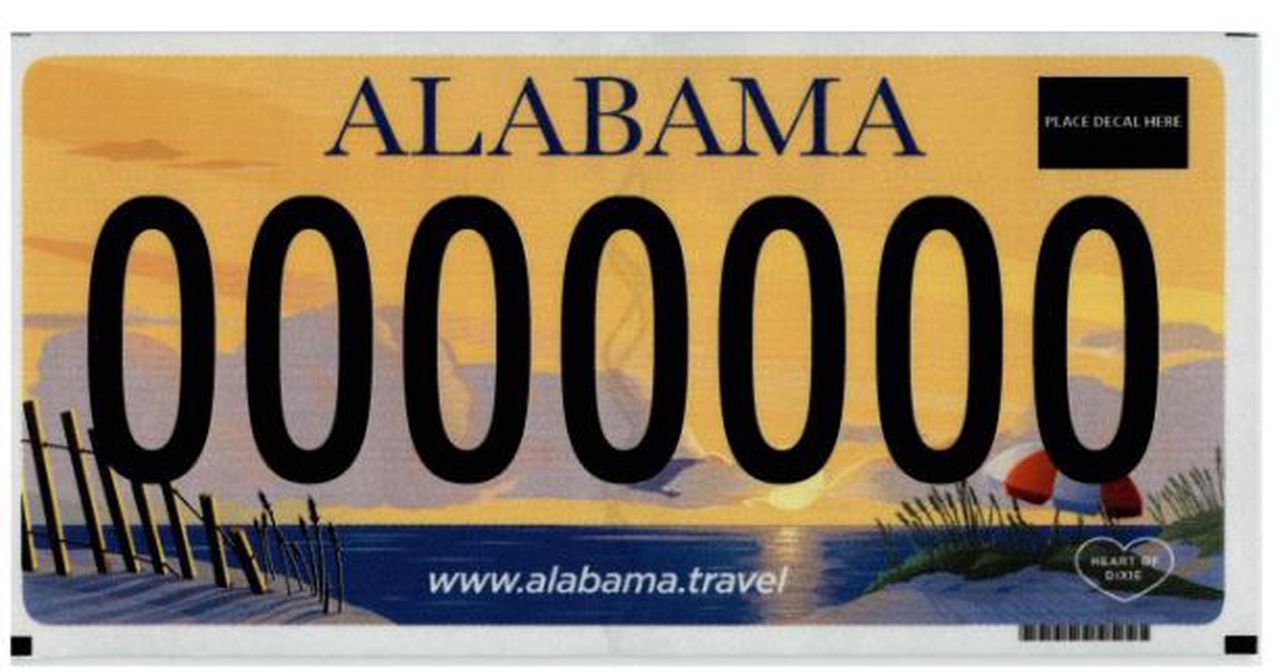Comeback Town: Is Jefferson County about to lose #1 license plate?
David Sher’s ComebackTown for a better greater Birmingham.
Click here to sign up for newsletter. (Opt out at any time)
I’m going to talk about Alabama’s license plate codes to belly-ache about our Birmingham regions lack of growth.
When I was a child traveling out of state and I saw an Alabama license plate beginning with the number 1, I would proudly proclaim to my family that the folks in that car were from Birmingham, and I would think to myself: Birmingham, the #1 city in Alabama.
Today most people may not be aware or even care about Alabama’s license plate codes, but our Birmingham region is in the process of falling behind.
Last year the City of Birmingham, Jefferson County, and the Metropolitan Birmingham-Hoover area all lost population. Since 2010, Jefferson County grew by 3%. Madison County grew by 21%.
Alabama has used county numbers on its license plates since 1942. Jefferson County is #1, Mobile #2, and Montgomery #3.
All other counties are ranked alphabetically and assigned consecutive numbers beginning with #4 and concluding with #67. Autauga County #4; Winston County #67.
When the City of Birmingham recently slipped from the largest city in the State to 4th, initially I began to worry that Birmingham might lose its #1 code, but then I remembered Alabama tags are not numbered by city—but by county.
I assumed Jefferson, Mobile, and Montgomery Counties were numbered #1, #2, and #3 because they are the three most populated counties in Alabama.
I couldn’t have been more wrong. Maybe that was true at one time, but certainly not today.
Here are the seven largest Alabama counties ranked by population as of 2023.
- Jefferson 679,599
- Mobile 415,355
- Madison (Huntsville) 404,155
- Baldwin 246,617
- Tuscaloosa 236,750
- Shelby 231,406
- Montgomery 228,831
Montgomery is assigned the county code #3 even though it’s the 7th most populated county.
Seems like Madison County (Huntsville) should be code #3 rather than #47.
Maybe the folks in Madison County should feel slighted.
Obviously county population size doesn’t matter for license plate numbers currently.
At some point, however, the state legislature might decide to update tag numbers for the larger cities, but I’m not sure the citizens of Montgomery County would be happy to lose their #3 code to become #51 based on alphabetic placement.
Obviously population size is fluid and can change drastically.
According to the Birmingham Business Journal (BBJ), “While (Birmingham) being about twice metro Huntsville’s size may seem like a comfortable lead, it’s worth noting that the city of Birmingham was twice the size of the city of Huntsville in 1980. In four decades, they passed us.”
In a recent BBJ Power Poll, ‘influential Birmingham leaders’ surveyed felt that “while metro Birmingham currently has a large lead on metro Huntsville in population, only 52% of respondents believe metro Birmingham will still be the state’s largest in 50 years.”
And when these Birmingham leaders were asked to rate their level of concern about Birmingham’s population drop from 1 to 4 on a scale of 1 (not at all concerned) to 5 (very concerned), 43% of respondents chose 4 or 5.
Today, metro Birmingham’s population is about 1.12 million. Metro Huntsville’s population is 514,465 — about half our size.
Birmingham leaders focus on metro population—not city population.
Ty West has it right when he wrote in the BBJ, “If Birmingham leaders want to hang their hats on metro size, there’s a responsibility that comes with that. It’s the responsibility to actually behave like a united region, rather than a collection of competing, independent municipalities.
“It’s a bar we haven’t always hit, but we’ve been hitting it more often in recent years and reaped the rewards from it. 2018 and 2019 were some of our best years of job growth in the past three decades. In the post-pandemic world, we have one of the lowest unemployment rates in the nation.
“Maybe it’s all just a coincidence those improved results started around the same time local mayors and elected officials starting collaborating more often and numerous Jefferson County cities signed the Good Neighbor Pledge to stop poaching metro businesses away from one another.
…”Right now, we can hang our hat on our metro’s size and confidently say we’ll be the state’s economic center a largest metro for the foreseeable future.
“But if we want that to be the case 40 years from now, we’ll need to do more than talk about being a united metro. We’ll need to act like it.”
David Sher is the founder and publisher of ComebackTown. He’s past Chairman of the Birmingham Regional Chamber of Commerce (BBA), Operation New Birmingham (REV Birmingham), and the City Action Partnership (CAP).
Click here to sign up for our newsletter. (Opt out at any time)
